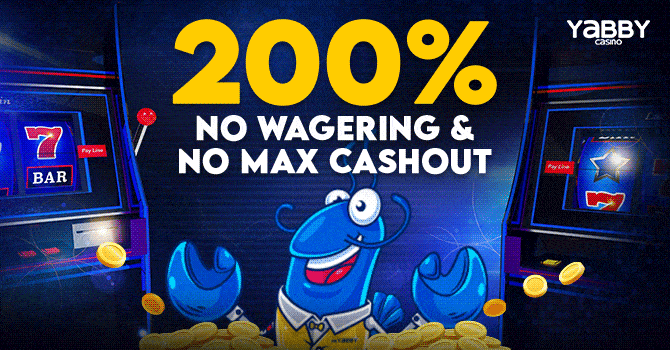As we’ve mentioned in so many previous posts, poker is one of those casino games that requires the highest levels of skill to become a truly good player. Since the game is not played against the house but against other players most of the gameplay is based not simply on getting the best out of the hands you’re dealt, but on manipulating others into thinking you’ve got one. And the most efficient way to do it is to employ the ancient wisdom of bluffing.
What is Bluffing in Poker?
Bluffing, by definition, is a bet or raise with a hand that’s not considered to be especially strong. It’s made in hopes of convincing opponents with better hands to fold. One could call it the opposite of betting for value, where you try to beat a worse hand by sheer force of your hand. It’s a risky type of strategy but when employed properly it can prove to be a deal-breaker. So, let’s see what are some of the ways you can get better at it.
Control Your Body Language
The most effective way to sell a bluff is to be in total control of your body language. Most of the time our bodies are signalling unconscious actions in the form of so-called tells. Especially when we try to lie. That’s why most people fail to pass polygraph tests. But everything can be learned with a bit of practice.
First, you should figure out what kind of tell you tend to have and then practice a posture that will actively hide it. If you have shaky hands, keep them under the table, if you blink too much wear a pair of sunglasses. Learning how to control your and read others’ body language is the easiest way to improve your bluffing skills.
Put Your Best Poker Face On
This one follows the first tip, but the importance of putting a persuasive poker face on cannot be stressed enough. A poker face is a facial expression or a lack of one that conceals one’s actual feelings or emotions. Some people have an innate ability to put a deadpan expression, while others struggle, but this can easily be solved with a bit of practice too.
What’s important to note is that poker face doesn’t imply not talking or moving at all. The purpose of a poker face is to confound other players without making it seem unnatural. We’ve covered that subject in one of our previous articles so go check it out if you want to learn how to maintain a perfect poker face all the time.
Time Your Bluffing Accordingly
Every perfect lie contains a certain amount of truth in it. The same can be said about bluffing. You should employ it sparingly and only when the right set of circumstances emerges. If you bluff with weaker hands, people will quickly start to notice. If you do it with stronger hands, you’ll put off bigger bets. Try to find a middle ground, and that’s usually during a turn when you’re one card shy of receiving a straight or a flush.

Keep Your Bet Sizes Consistent
The most common mistake people make while bluffing is going too big too often. This way they’re trying to put pressure on opponents, knowing they’re more likely to fold with bigger bets than not. But people will see through this sooner or later if you use it too much.
To avoid this, keep your bluffed wagers at approximately the same size as your average ones. This way you’ll avoid alerting others that you’re up to something as is the case when you increase your bets. Also, try to aim your bluffing at players with a shorter stack of chips, as they’re less likely to risk their chips since they have more to lose than the players with bigger ones.
Don’t Bluff for the Sake of Bluff
Another rookie mistake people tend to make is focusing on bluffing as an essential part of the game. We’ve probably got popular culture and movies to thank for that. But the truth is there is not a single rule that says how many times, or if at all, you should employ it.
The only proper way to use bluffing to your advantage is to play the cards when there is room to improve upon them. If you end up with an above-average hand you should proceed with it. If your hand doesn’t improve either after the flop or the turn, the best way is to fold to avoid spending too many chips. Let the cards speak for themselves, and coupled with the above-mentioned advice about bluffing, you’ll eventually see things working out in your favor. Best of luck!




